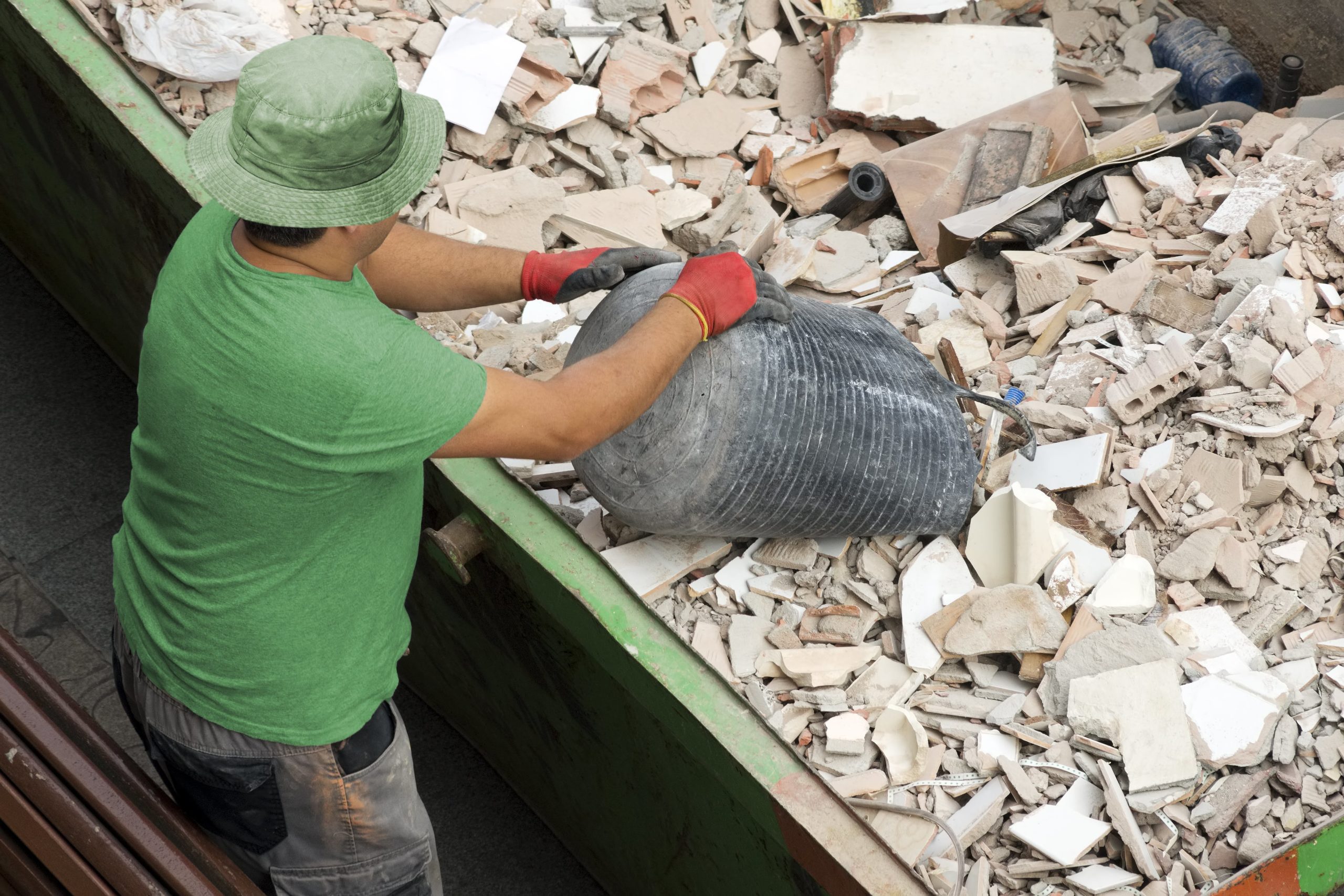Construction waste dumpsters are ideal for all types of construction and demolition projects. However, it is important to know what type of waste is allowed to be dumped into it. Dumpsters are available in sizes ranging from 3 to 20 cubic yard capacities for building, renovation and yard waste projects. Read on to find out more from Bargain Bins.
What does construction and demolition debris consist of?
In 2018, the Environmental Protection Agency (EPA), brought out its report: Advancing Sustainable Materials Management: 2018 Fact Sheet. Some of its findings regarding Construction & Demolition (C&D) debris are as follows:
- In 2018, 600 million tons of C&D debris were produced in the country, which is more than two times the generation of municipal waste.
- C&D debris in the country breaks down to demolitions (90%) and construction (10%).
- A heartening fact was that over 455 million tons of C&D debris was reused in new building projects. However, 145 million was also dumped in landfills.
C&D debris can be categorized into three types:
- Non-hazardous waste
- Hazardous waste (regulated by the EPA under the Resource Conservation and Recovery Act)
- Waste that consists of hazardous components (these may be regulated by certain states)
Sustainable construction waste and recycling management
Most C&D debris such as drywall, concrete, cinder blocks, bricks and the like are not regulated by the EPA as they are not hazardous. Instead, the EPA follows a Sustainable Materials Management (SMM) approach, according to which certain C&D materials can be reused for new building or construction projects. This reduces the need to mine new virgin raw materials, making it a more eco-friendly process. Thus, this source reduction method decreases:
- Life-cycle material use
- Energy use
- Generation of waste
So, what are some of the methods that are used for C&D source reduction:
- Preservation of existing building rather than the construction of new ones
- Optimization of building size, especially for new projects
- Designing buildings and projects with a view to prolong their useful lives
- The utilization of innovative and sustainable construction methods that promote the reuse of building materials
- Using new and alternative framing methods
Another approach encouraged by the EPA is deconstruction, which allows for the retrieval of building materials from dismantled buildings that can be reused or properly recycled. The C&D materials that are commonly reused include:
- Fixtures, hardware and easy-to-remove components such as handles and latches
- Wood pieces and cut-offs can be used for lintels and cripples
- Crushed drywall or gypsum can be used as a soil amendment, but in smaller quantities.
- Bricks and masonry are perfect alternatives to use while building pathways or walkways.
- Exterior wall insulation can be reused as a noise-cancelling material in interior walls.
- Materials used for packaging can be given back to suppliers for reuse.
List of acceptable waste items
The waste materials that can be dumped in a construction dumpster include:
- Concrete
- Wood and lumber (derived from buildings)
- Asphalt (derived from roof shingles or roads)
- Gypsum, panels and studs (derived from drywall)
- Metals
- Bricks
- Glass
- Plastics
- Doors, windows and components of plumbing (derived from buildings)
- Stumps, dirt, trees (from landscaping projects)
For more information on C&D materials and what can be dumped into a construction waste dumpster, contact Bargain Bins today!


